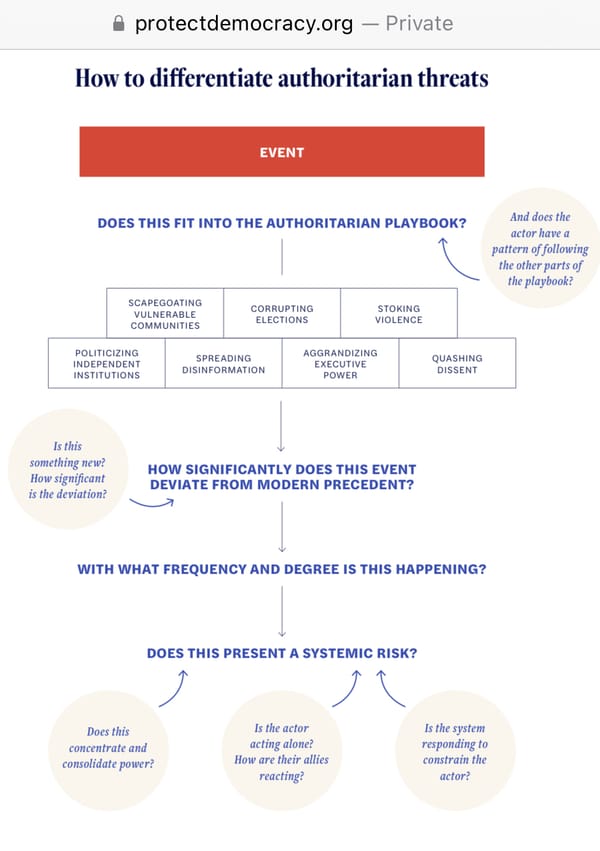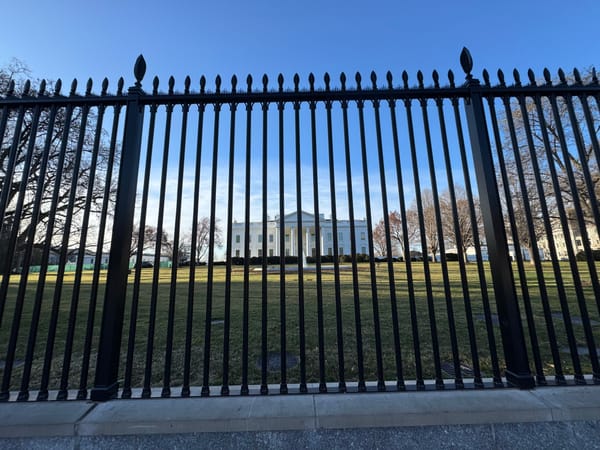A decade later, the U.S. Digital Service is making .gov websites work better for the humans who depend on them

Good morning from Capitol Hill, where the cicadas are singing and I’m dreading a diagnosis from a mechanic. Alex here, with another civic text.
Many thanks to everyone who has signed up, particularly those of you who have opted into a paid membership. This newsletter will not be sustainable without that support. If you’ve found Civic Texts useful or insightful, please consider upgrading and sharing with your networks. I intend to continue to make these dispatches open and free to all, with your help.
Today, I want to look back, and then look ahead. A decade ago, the Obama White House officially launched the United States Digital Service, promising to deliver “customer-focused government through smarter IT.”
The folks there have kept that promise again and again, from vaccines.gov to direct filing for taxes online, and celebrated on Sunday.
This White House Office of Management and Budget published a blog post (without a byline) about the USDS’ work “transforming government for the digital age” that highlighted the organization’s impact since the Obama administration stood it up in the wake of the disastrous launch of Healthcare.gov.
The big idea was to avoid future IT catastrophes — thanks to the Internet Achive, you can still read my coverage at the time, at TechPresident (RIP) — and while it’s hard to prove a counterfactual, it’s fair to recount the successes the USDS has had over three administrations and counting. (The organization has not been codified by Congress, yet, but there’s no reason to expect the next White House to axe it at present.)
It’s also fair to note that IT debacles haven’t ended across the immense federal government, as the catastrophic rollout of the revamped Free Application for Federal Student Aid (FAFSA) by the Department of Education showed. (CovidTests.gov was not the next Healthcare.gov in large part because it was much simpler.)
As I told Politico, the endemic IT failures that have bedeviled big state and federal projects for years stemmed from several favors that are not resolved:
- Poor project management and oversight
- A government procurement system that builds and buys software like buildings and cars
- Outsourcing huge contracts to systems integrators and contractors
- Challenges recruiting and retaining technologists who must be sitting at the table from the beginning of a complex project
When I noted the anniversary of USDS’ founding over on LinkedIn this weekend, technologist Matthew Burton suggested to me that the USDS, 18F, and fellowship programs that bring tech talent into government aren’t creating sustainable digital service delivery in the long-term, trading short-term focus on high profile political projects over building internal capacity within agencies.
10 years ago, I wrote at BuzzfeedNews (RIP) that “the sad truth is that, unless we reform how government buys, builds, and maintains information technology, we will continue to get more Healthcare.govs.”
That remains true, after a decade of effort by many amazing people. It‘s a good moment to take stock of how far we’ve come, and how much further there is to go.
As always, I’d love to hear your thoughts, questions, feedback, pushback, or tips. Write to me at alex@governing.digital or sign up for text alerts to join that ongoing conversation.



